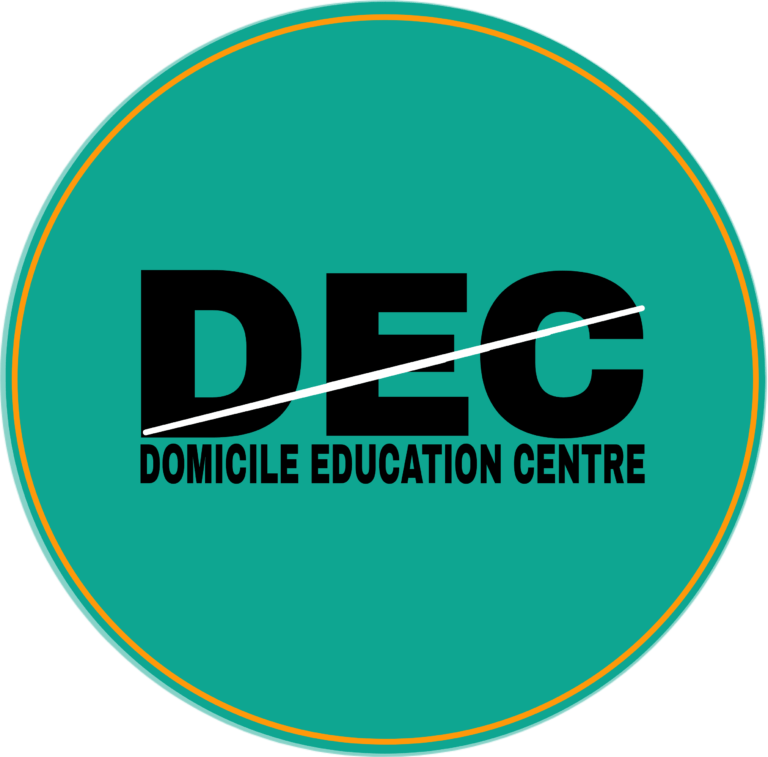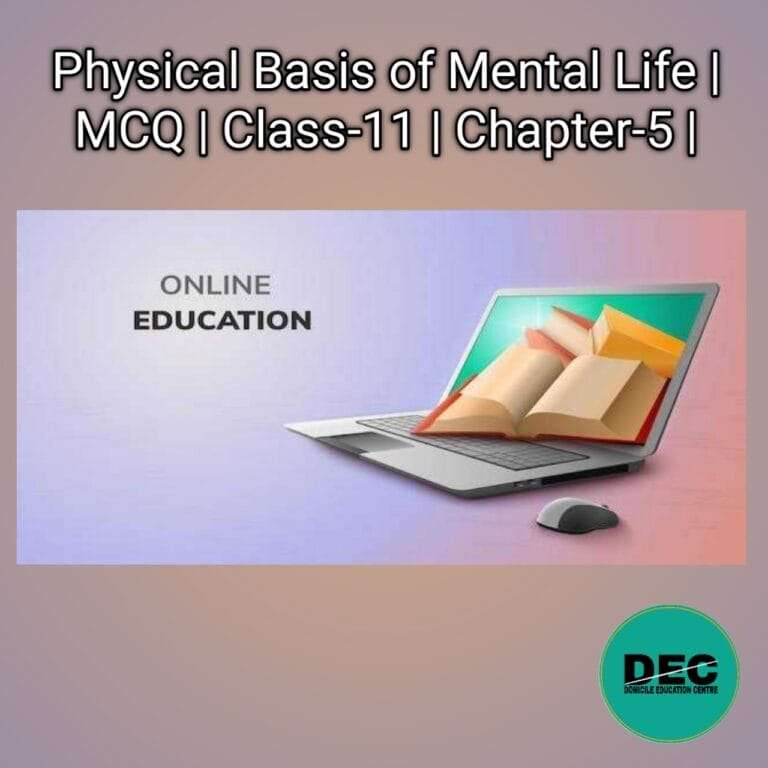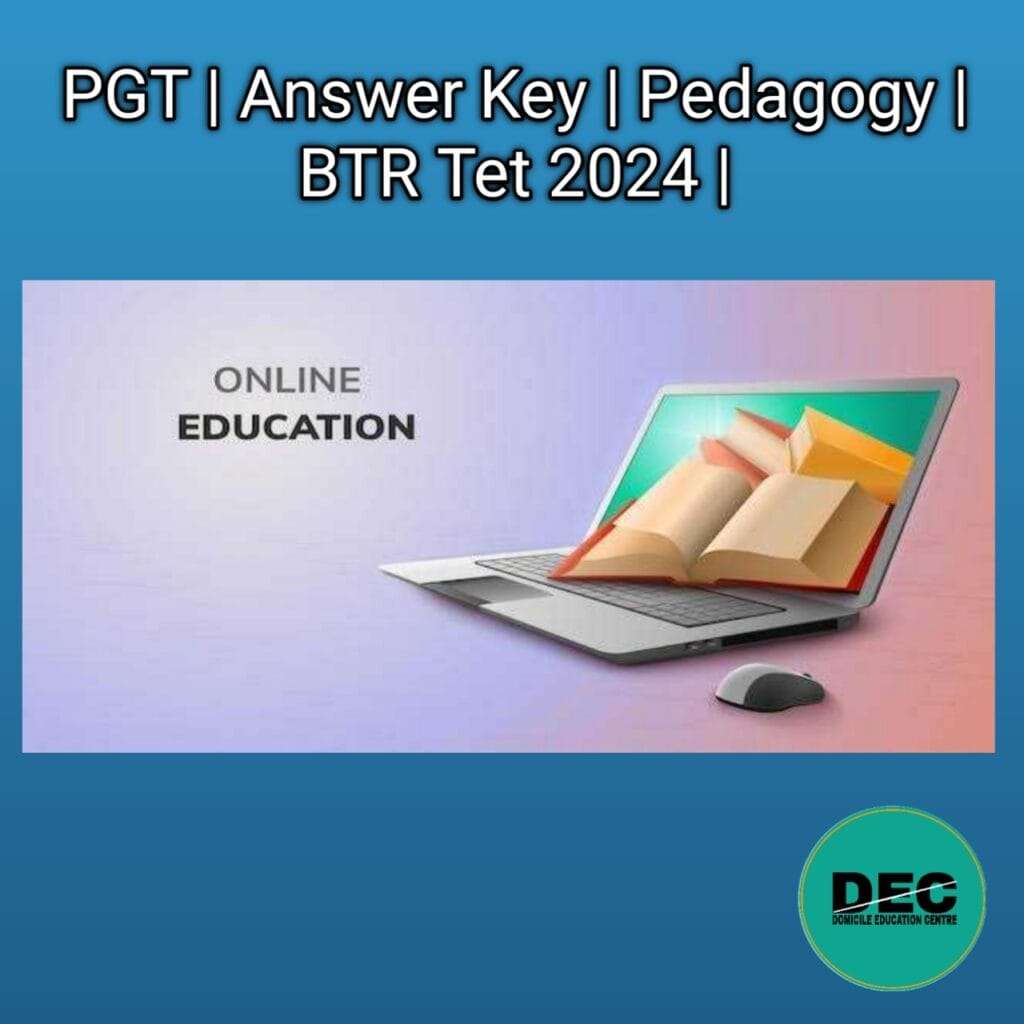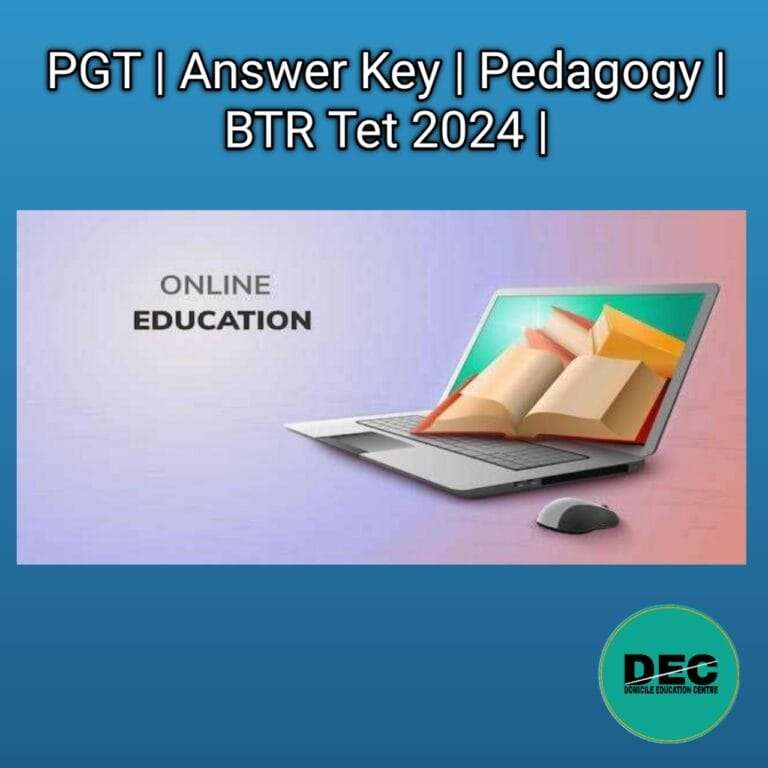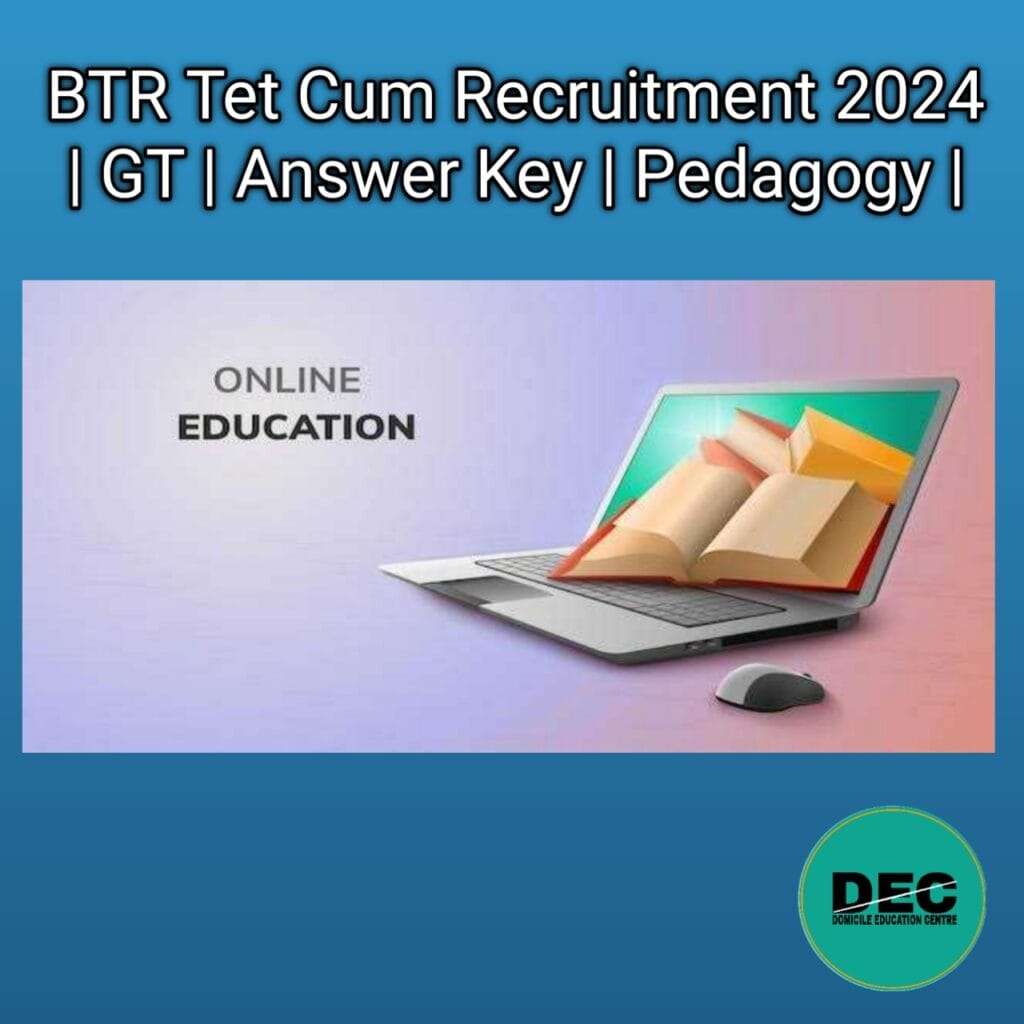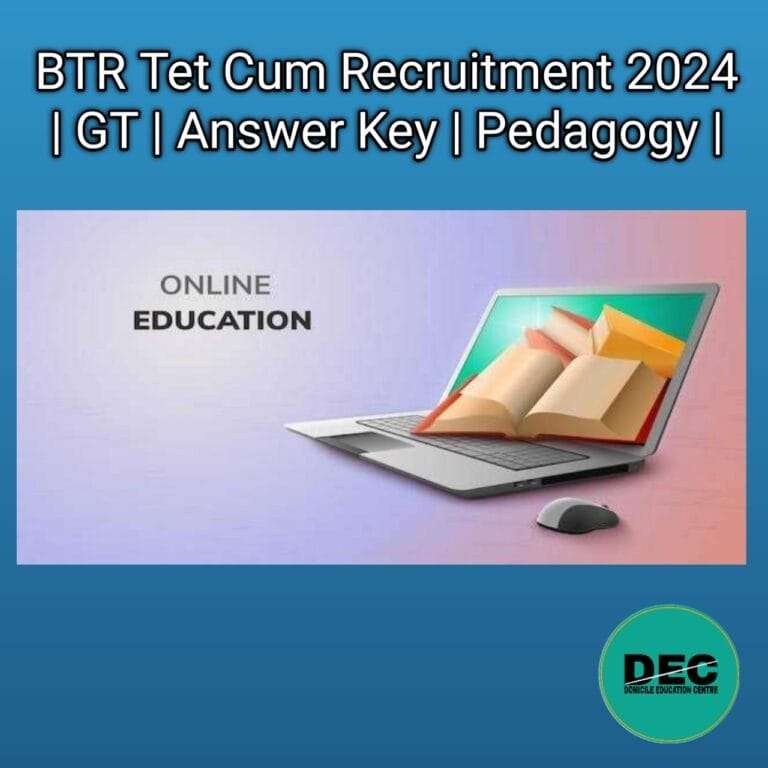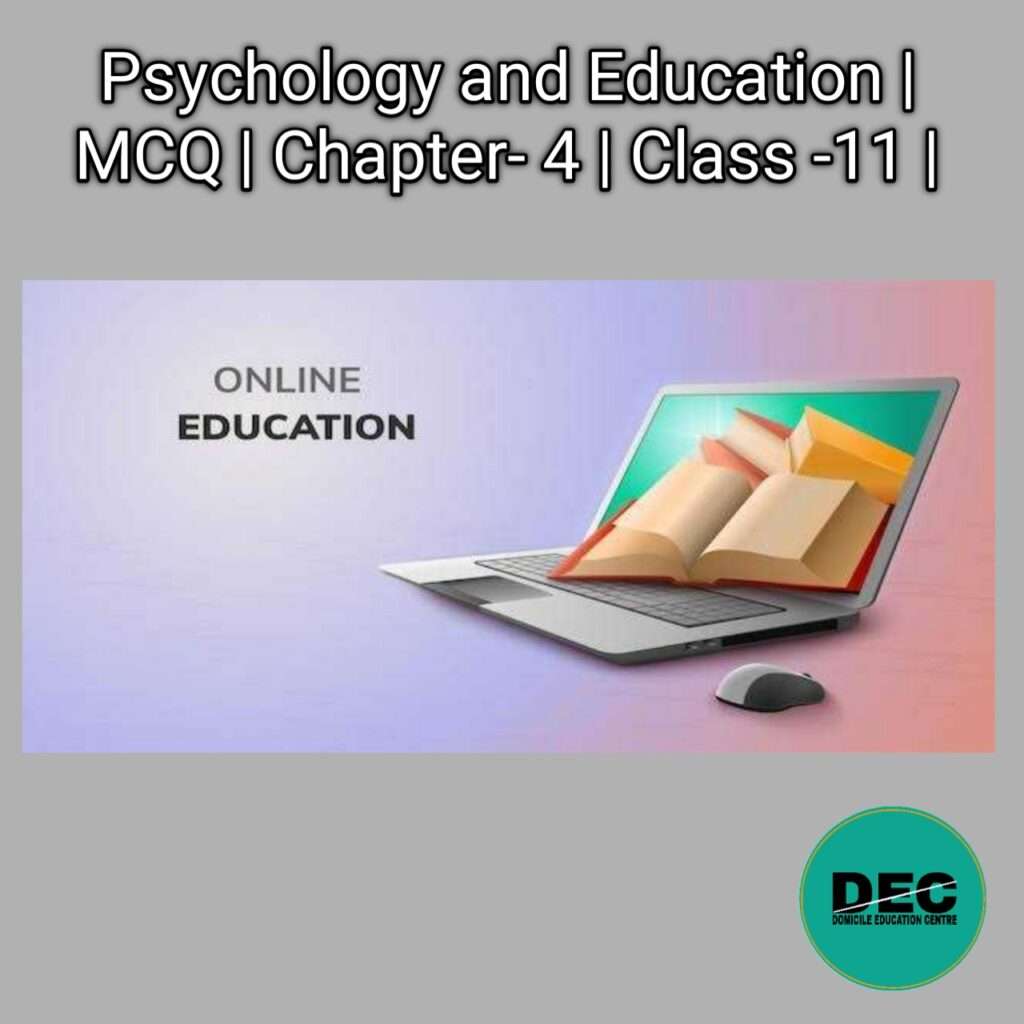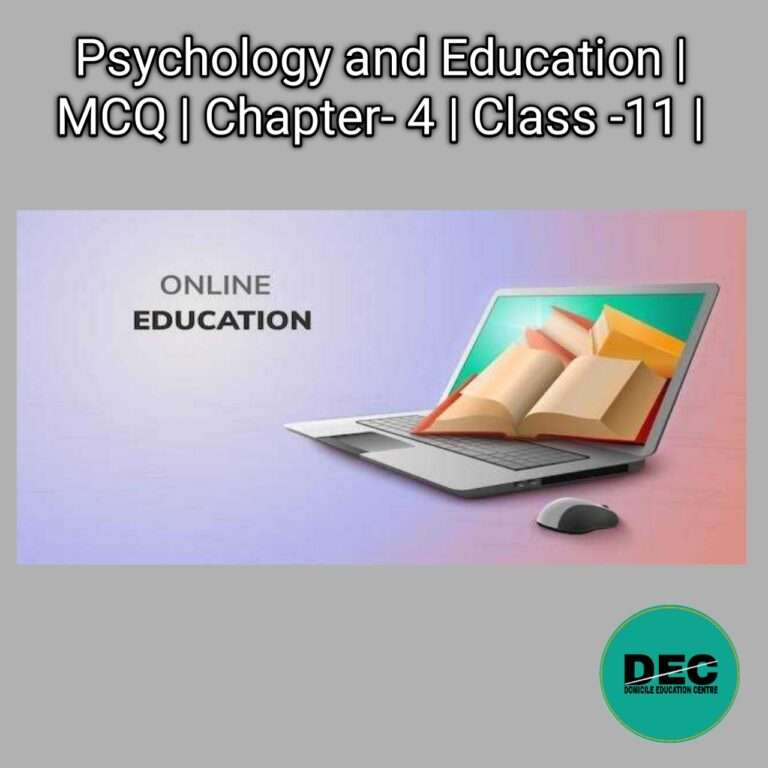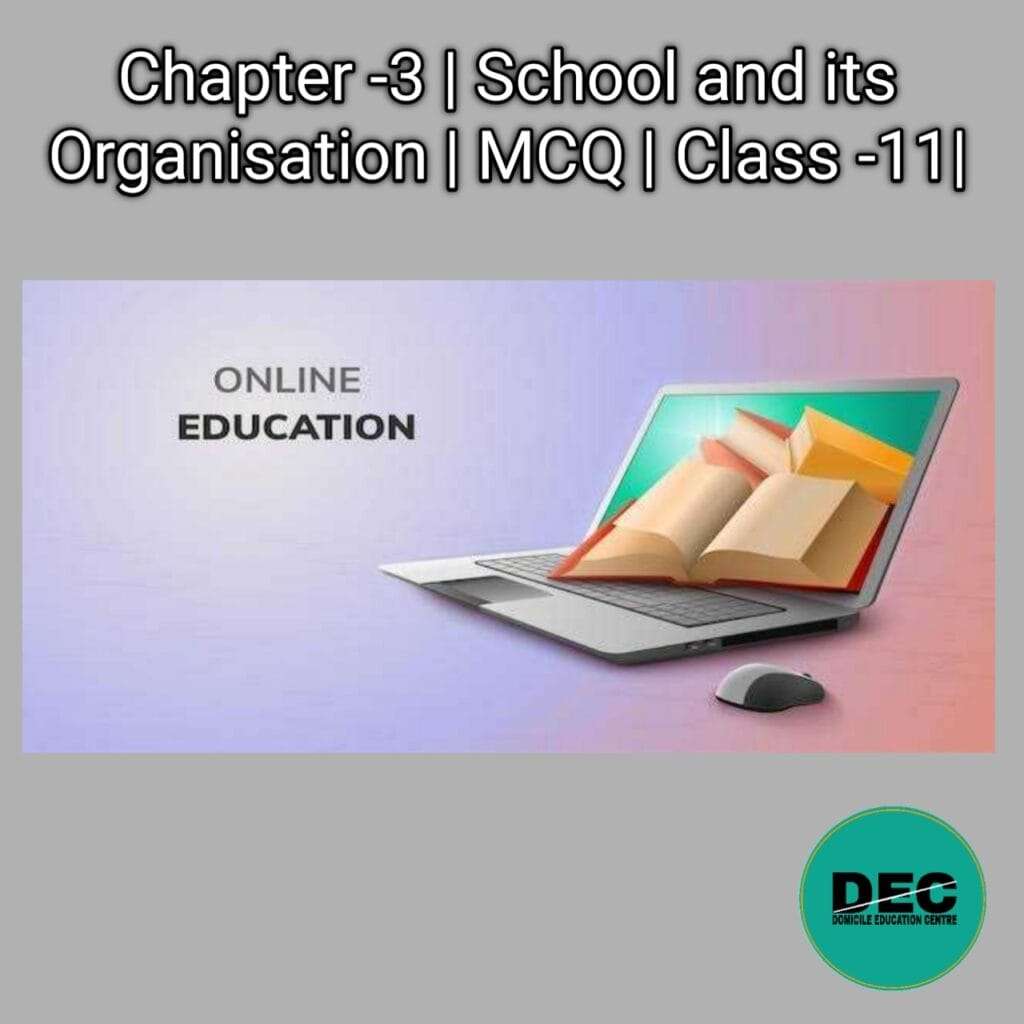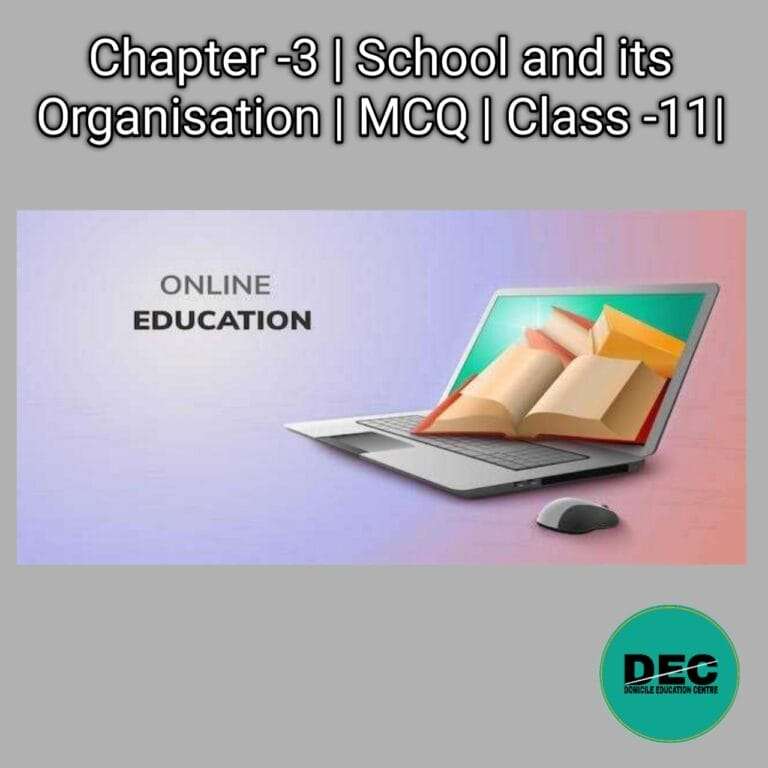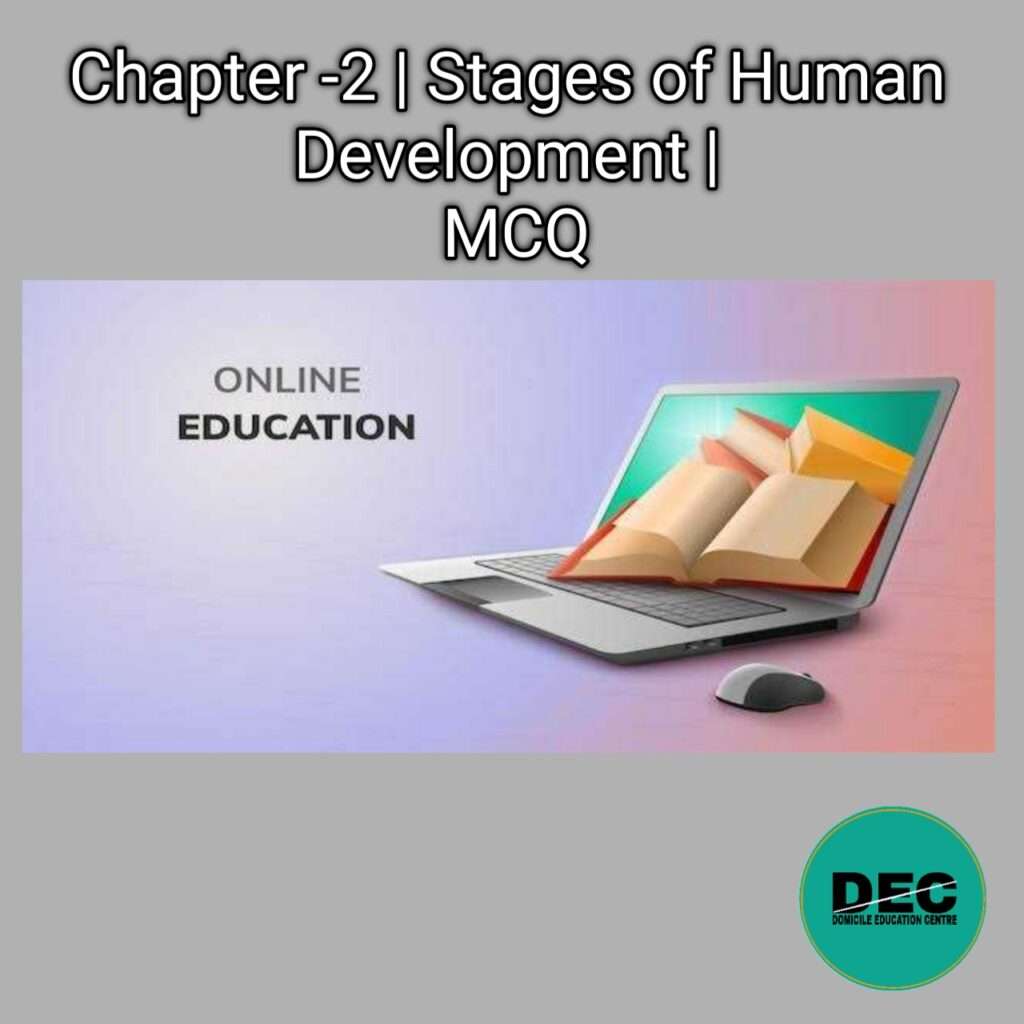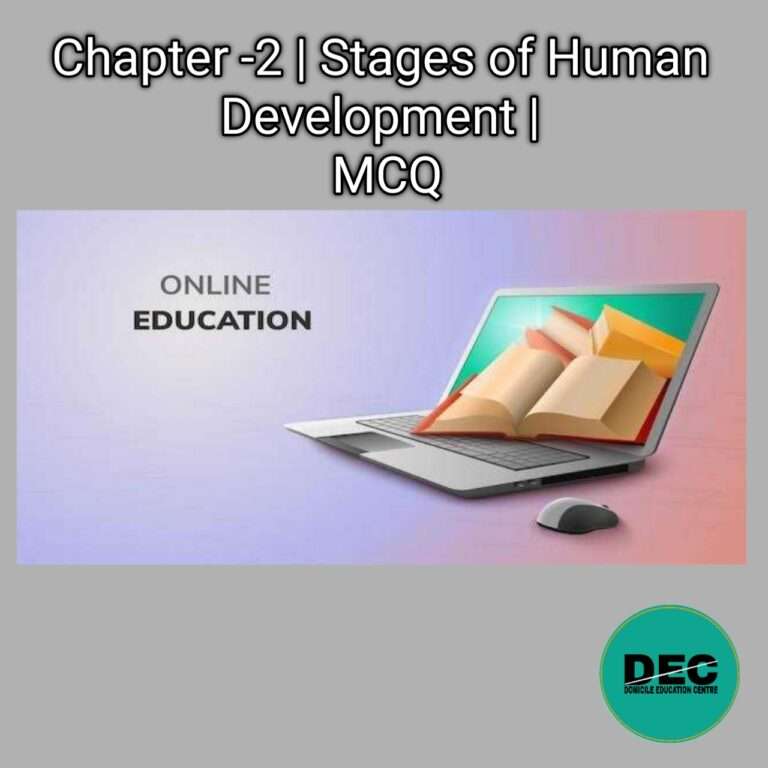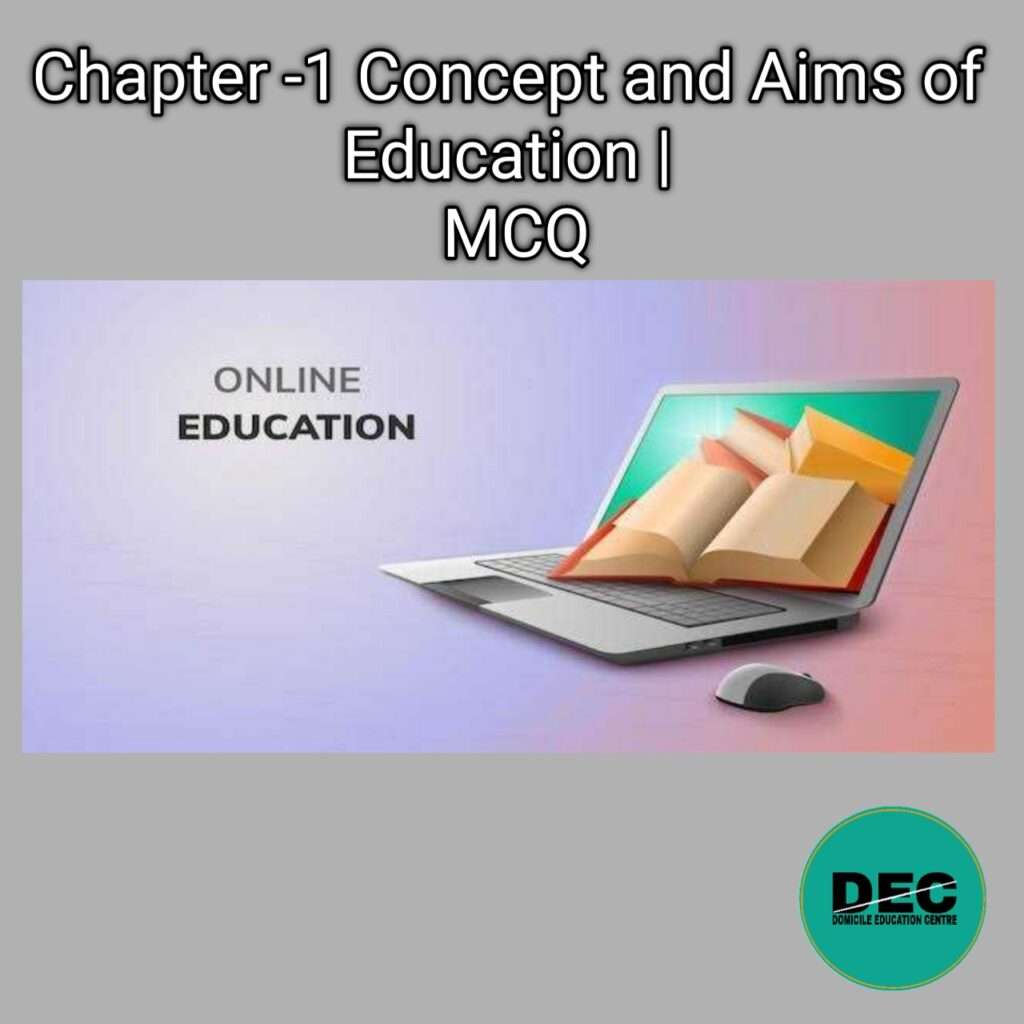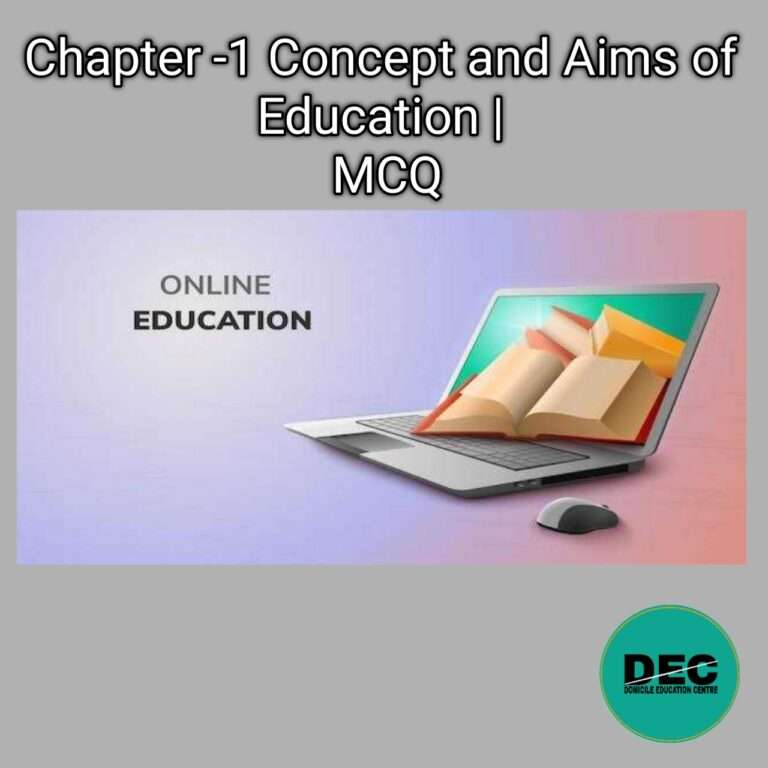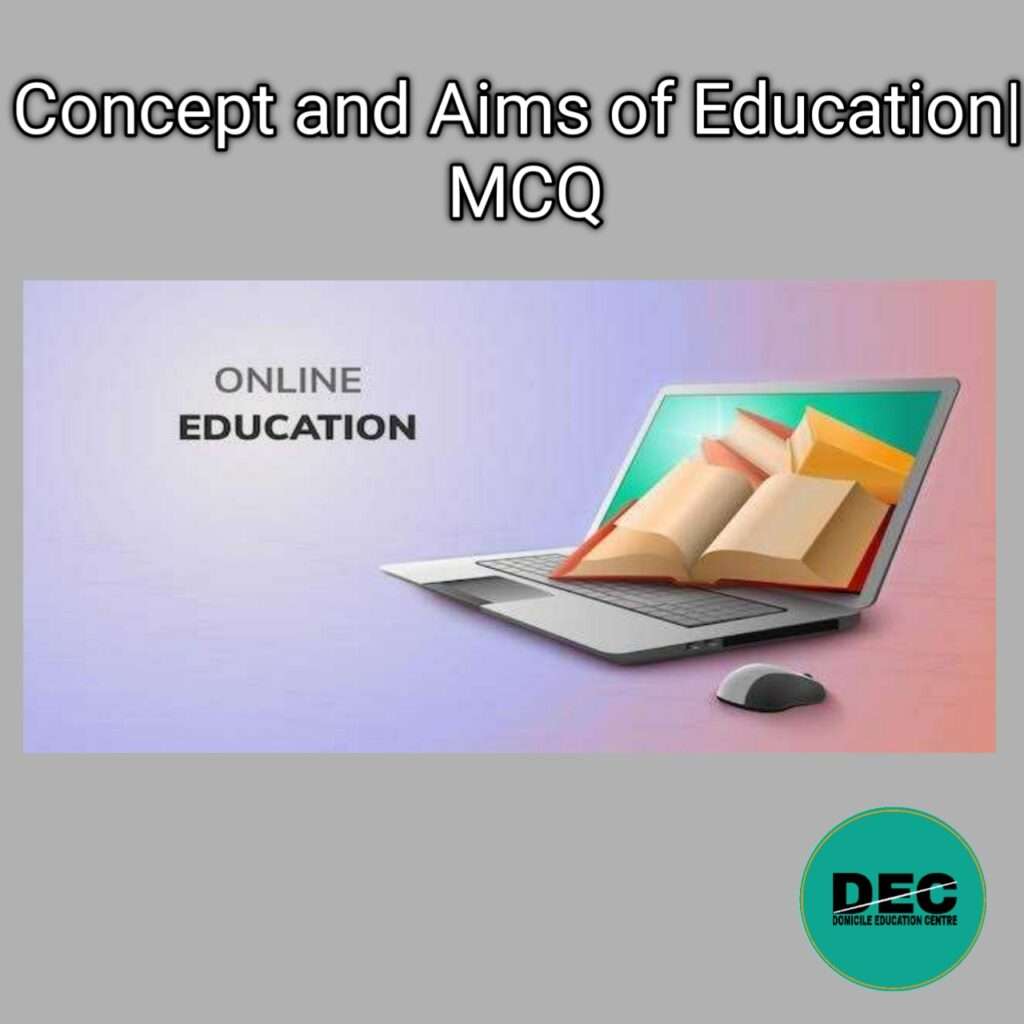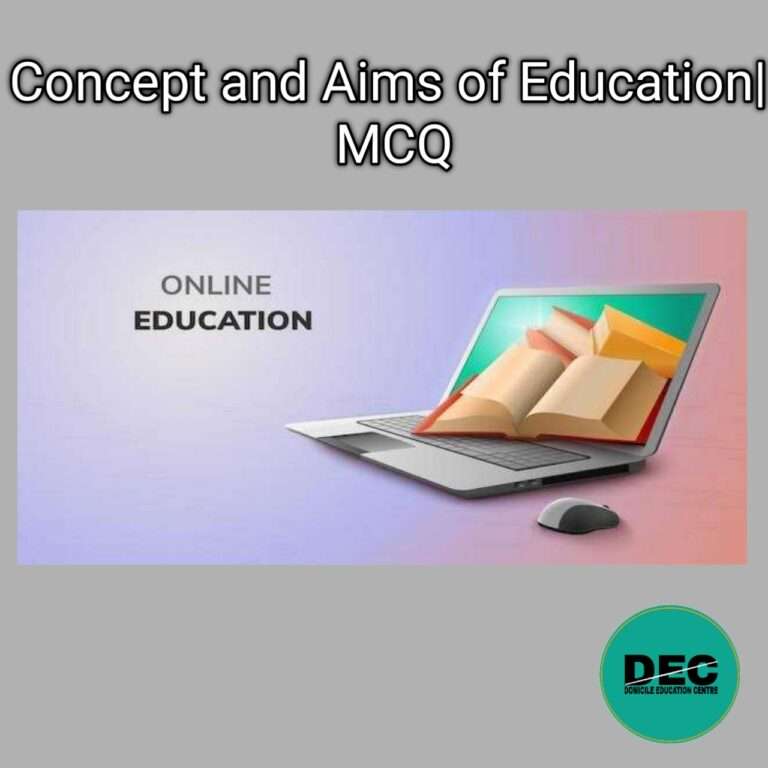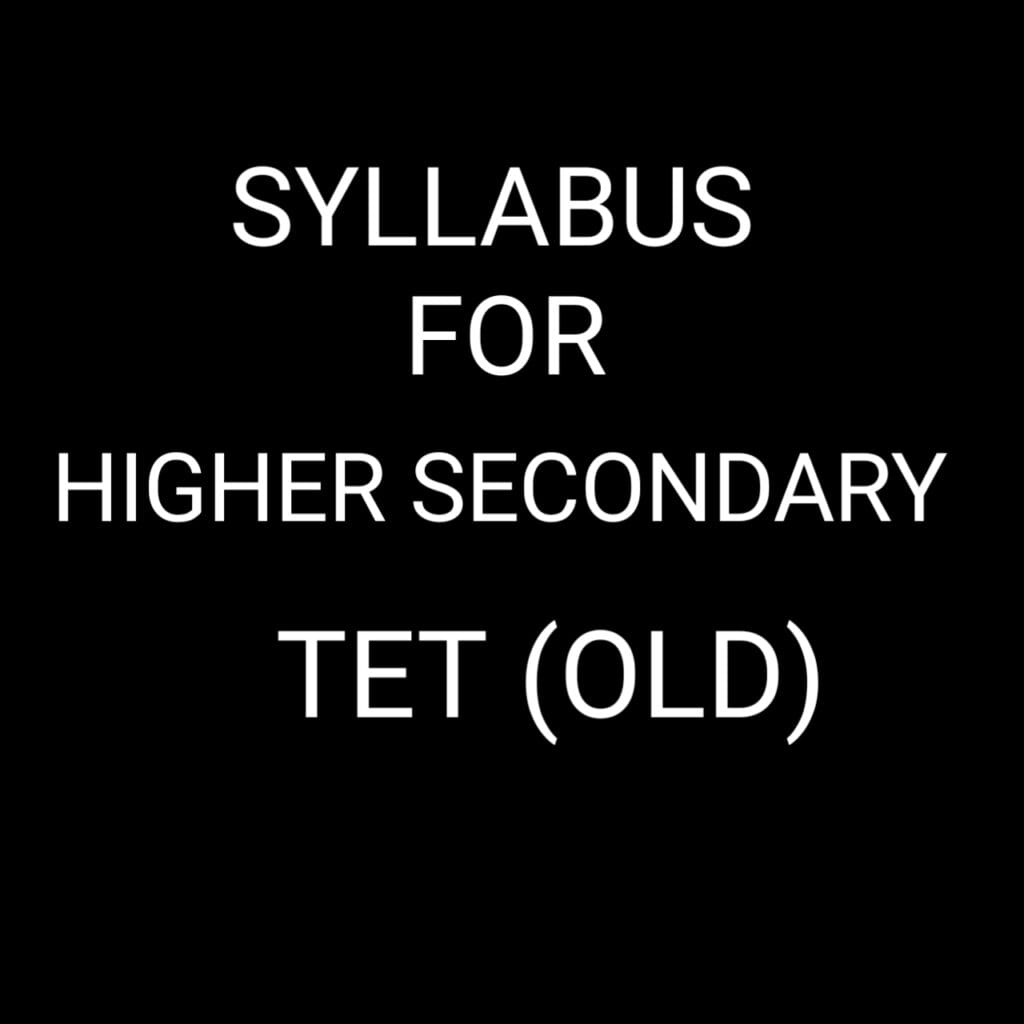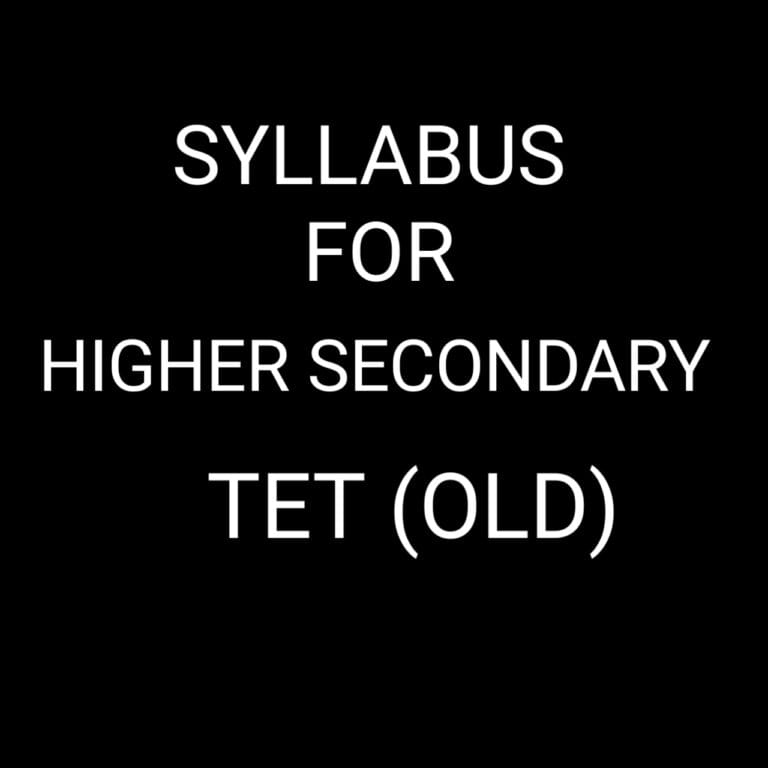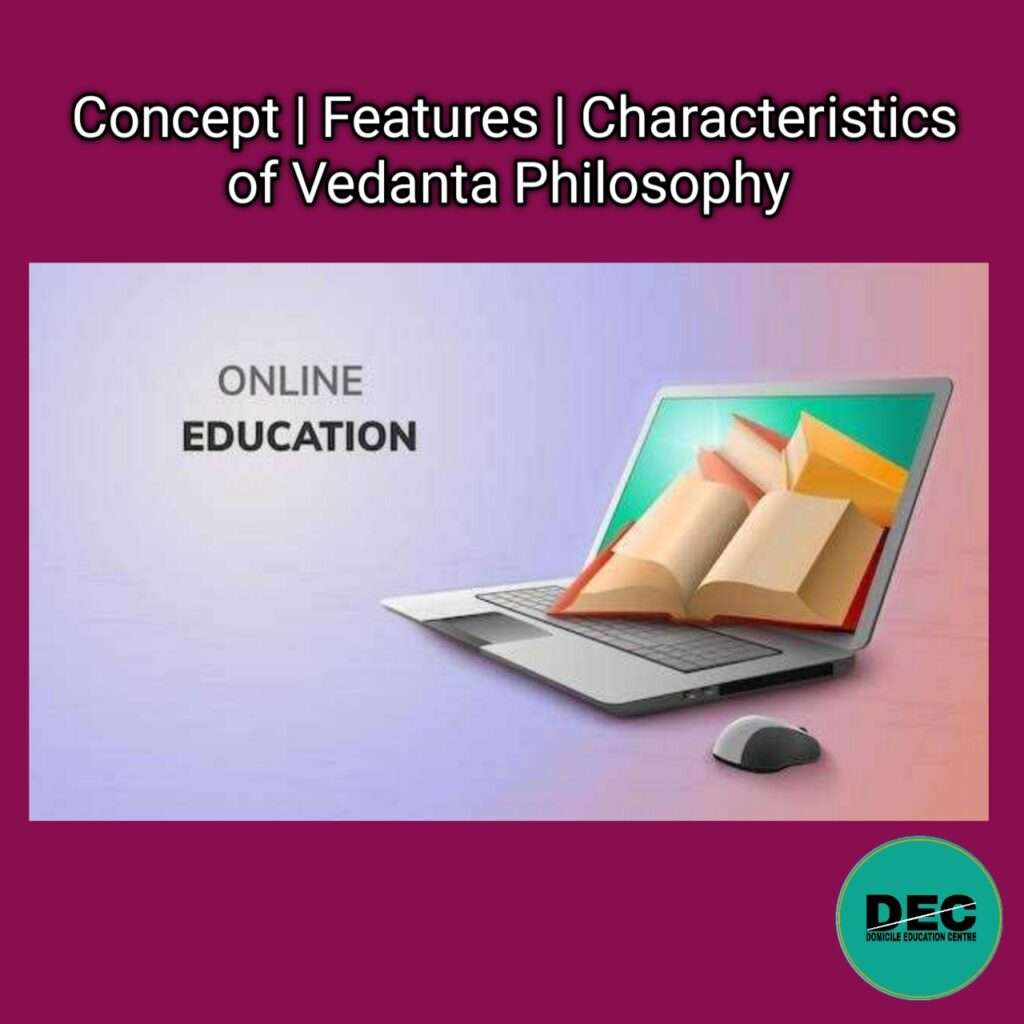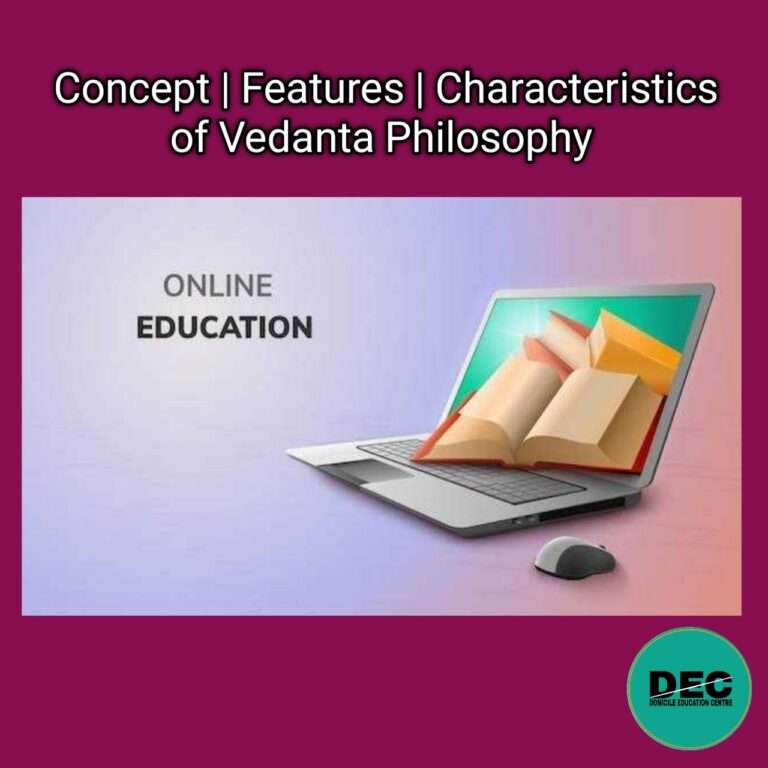1. Which one of the following is NOT a characteristic of Narrow meaning of education?
A. Education is a planned and organised process.
B. Proper curriculum, discipline, and method of teaching, etc. are designed accordingly.
C. It trains one to conform to the accepted way of life.
D. One’s life is the background of his education.
Ans: Option D. One’s life is the background of his education.
2. Which one of the following is NOT a characteristic of Wider meaning of education?
A. Education comprises totality of experiences in man’s life.
B. It trains one to conform to the accepted way of life.
C. It gives true realization of a man’s life.
D. It covers man’s physical, social, and moral aspects of experiences.
Ans: Option B. It trains one to conform to the accepted way of life.
3. Which of the following characteristics is/are correct in terms of ‘Education’?
A. Education as modification of behaviour.
B. Education as a life-long process.
C. Education as an instrument of social change.
D. All of the above.
Ans: Option D. All of the above.
4. In terms of Education, which of the following characteristics is/are correct?
A. Education as adjustment
B. Education as a preparation for life.
C. Education as an art and as a science.
D. All of the above
Ans: Option D. All of the above.
5. What are the two poles are given by Sir John Adams in educational processes?
A. Students and teachers
B. Students and social environment
C. Teachers and social environment
D. Social environment and taught
Ans: Option A. Students and teachers.
6. The book entitled “Evaluation of Educational Theory” has described by whom of the following?
A. Sir Percy Nunn
B. John Dewey
C. Sir John Adams
D. Aristotle
Ans: Option C. Sir John Adams
7. “Education as a bi-polar process”- Who said this?
A. Sir John Adams
B. Aristotle
C. Sir Percy Nunn
D. John Dewey
Ans: Option A. Sir John Adams
8. Which one of the following is NOT a characteristic of Wider meaning of education?
A. Education is a life -long process.
B. It is real life that educates individuals.
C. It aims at all round development of the child
D. It is imparted in school.
Ans: Option D. It is imparted in school.
9. Which one of the following is NOT a characteristic of Narrow meaning of education?
A. Education is a life-long process.
B. Education is a planned and organized process.
C. It aims of education is to impart knowledge and to pass the examination.
D. It is a deliberate effort exerted by mature person on the immature person.
Ans: Option A. Education is a life-long process.
10. “Education as a Tri-polar process”- Who said this?
A. Sir John Adams
B. Aristotle
C. Sir Percy Nunn
D. John Dewey
Ans: Option D. John Dewey
11. What are the Tri- poles are given by John Dewey in educational processes?
A. Teacher – Taught – Social Environment
B. Taught – Teacher –– Training
C. Teacher – Social Environment – Development
D. Social environment – Taught – Teacher
Ans: Option A. Teacher – Taught – Social Environment.
12. Which is NOT considered as a “Tri-polar process”?
A. Teacher
B. Training
C. Taught
D. Social environment
Ans: Option B. Training
13. “Education is not preparation for life, it is life itself.” – Who said of the following?
A. Sir John Adams
B. Aristotle
C. Sir Percy Nunn
D. John Dewey
Ans: Option D.
14. Which of the following is the correct about types of Education?
A. 2
B. 3
C. 4
D. 5
Ans: Option B. 3
15. Which one of the following is NOT related to instructional process?
A. It is related to a certain vocational in life.
B. It leads to specialisation in a man’s thought and action
C. It comprises a man’s life long activity.
D. It helps man to make himself free from the error.
Ans: Option C. It comprises a man’s life long activity.
16. Which one of the following is NOT related to educational process?
A. It is by nature activity based that needs practical suggestion and guidance for application.
B. It raises man from animality to rationality.
C. It comprises a man’s life long activity.
D. It makes a better balance of man’s body, mind and soul.
Ans: Option A. It is by nature activity based that needs practical suggestion and guidance for application.
